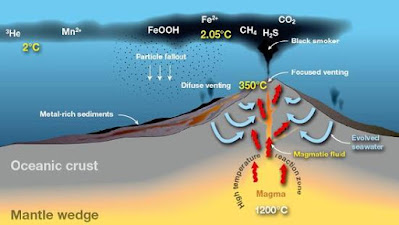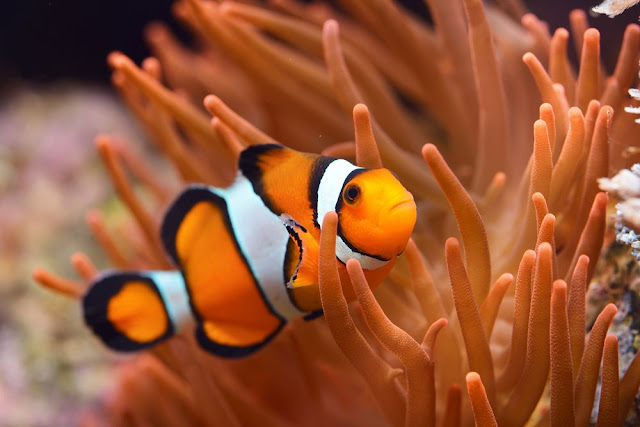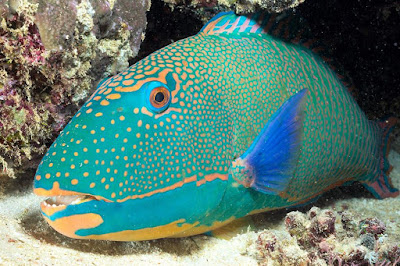Can Hydrothermal Vents Help us Learn About the Evolution Of Life On Earth?
Like geysers and hot springs on land, hydrothermal vent acts as a system to transport chemicals and heat from the interior of the earth. This stunning discovery has made in 1977 while scientists have been exploring the bottom of the Pacific Ocean.
Hydrothermal vents are formed in areas with high tectonic activity, including the edges of tectonic plates, undersea mountain ranges, and seamounts, and mid-ocean ridges. Where they emit hot, mineral-rich fluids from beneath the seafloor. The water escaping from these vents are characterized by different physical and chemical factors, which include minerals, temperatures, and flow levels of their plumes. The low and high concentrations of minerals are referred to as white and black smokers. Hydrothermal fluid temperatures can reach up to 400°C or more, but they do not boil due to high pressures at the deep ocean.
Despite the extreme temperatures and pressures where these vents occur are completely dark and photosynthesis is impossible. In the deep sea, most of the food must sink from the seafloor, as it sinks, eaten by various organisms, resulting in very little food to the bottom.
At deep hydrothermal vents, though, specialized bacteria can convert the heat and sulfur compounds into food and energy. As these bacteria multiply, they form thick mats on which animals can graze. In some cases, they even form symbiotic relationships with animals, (e.g., giant tube worms) and live in the animal tissues, creating energy in return for receiving protection from predators. These specialized bacteria form the bottom of the deep hydrothermal vent food web, and many animals rely on their presence for survival, including giant tube worms, deep-sea mussels, yeti crabs, and many other invertebrates and fishes.
Compared to black smokers, white smokers emit cooler plumes. Vents with even cooler and weaker plumes are called seeps, where methane-rich water seeps from the seafloor. These vents do not require high tectonic activity and can be formed across the deep sea.
Vents support complex ecosystems of exotic organisms that have developed unique adaptations to high temperatures and pressures which are considered to be toxic. Learning about these organisms can teach us about the evolution of life on Earth.





Comments